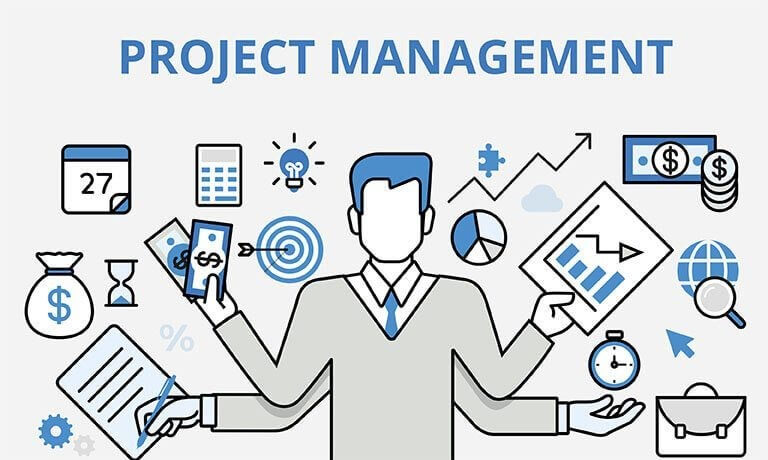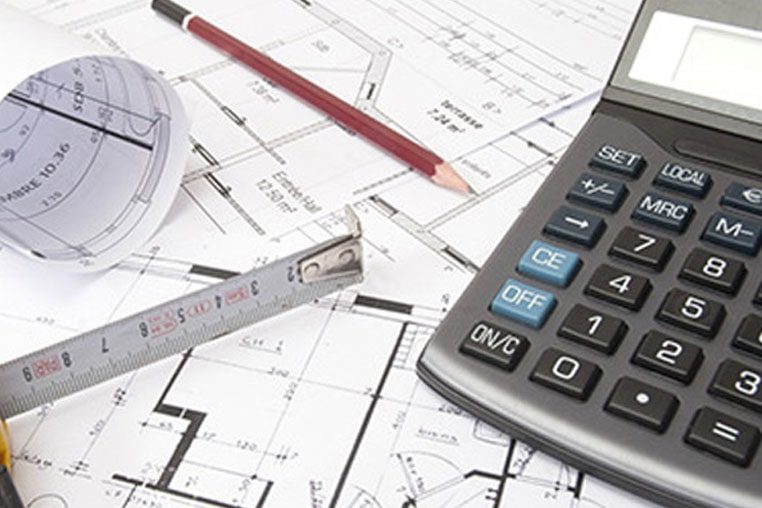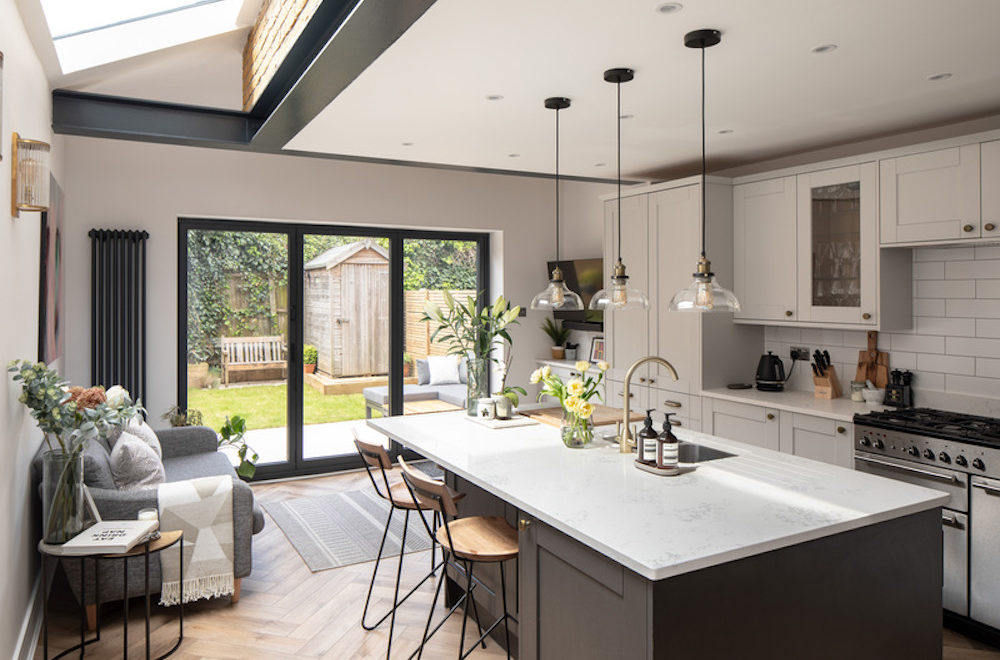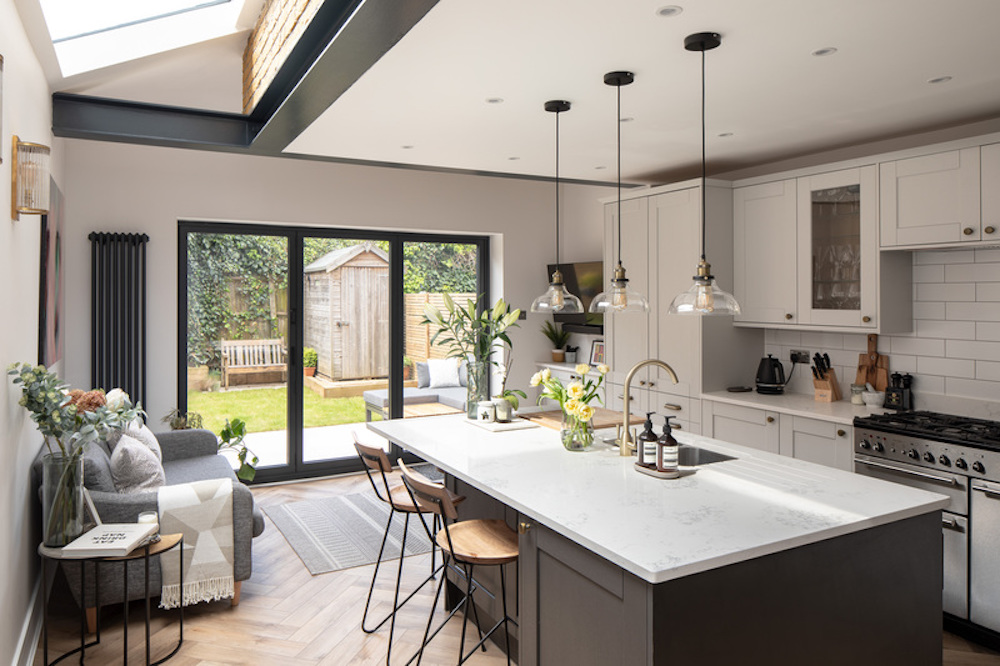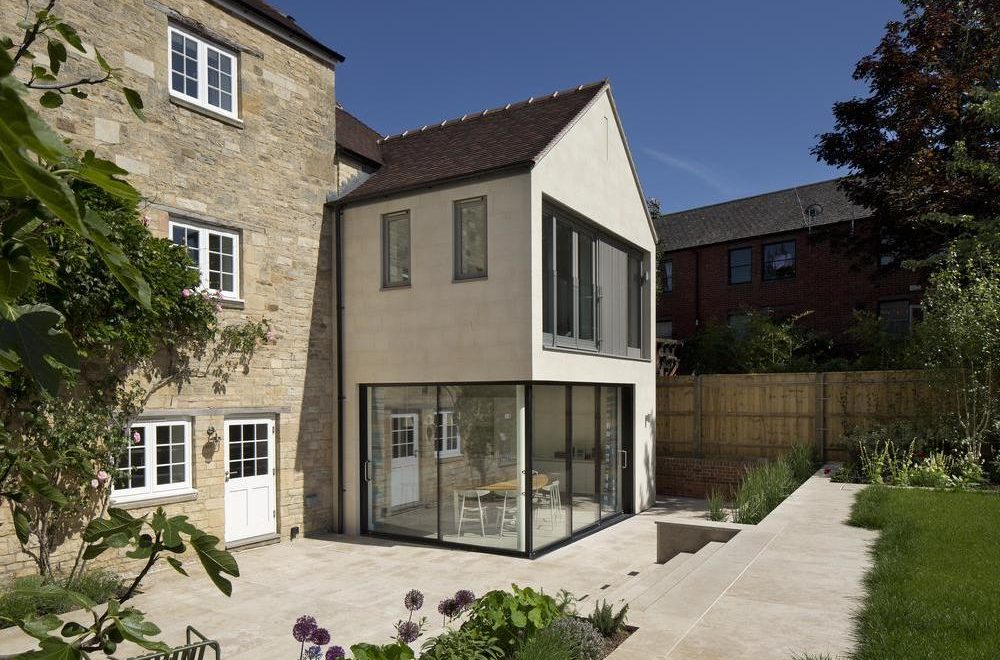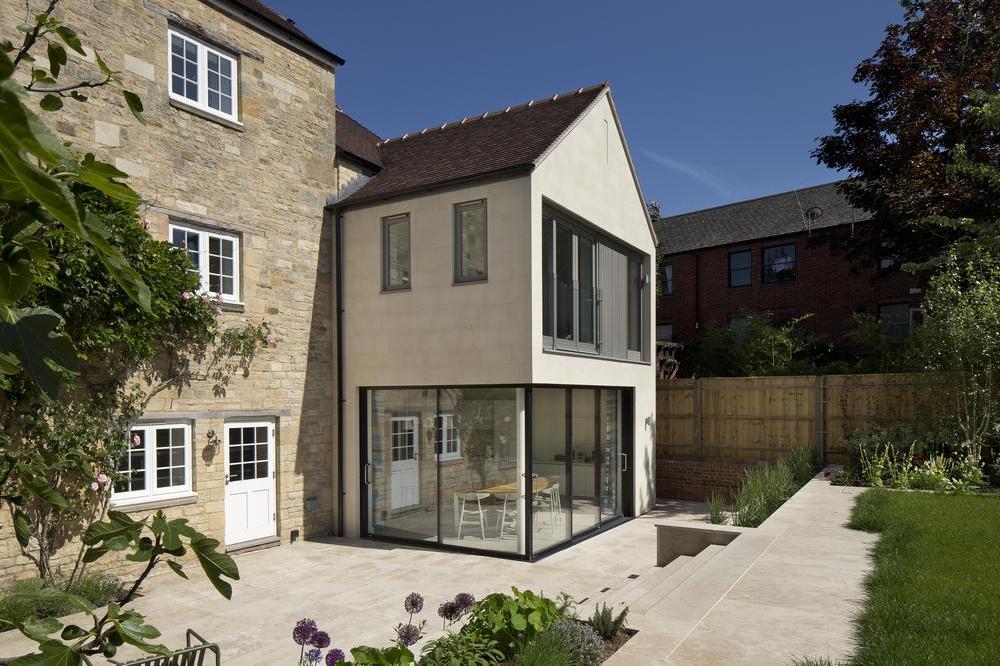How to Create a Project Plan That Works
Successful project management is often the key to achieving your goals, whether you’re planning a large-scale business initiative, organizing an event, or even tackling a personal project. A well-crafted project plan is your roadmap to success. In this blog, we’ll guide you through the steps to create a robust project plan that works, ensuring that your project stays on track, within scope, and meets its objectives.
Step 1: Define Your Project Scope
Before diving into the nitty-gritty details of your project, start by defining its scope. The scope outlines the boundaries of your project, detailing what is included and what is not. To define your scope effectively:
1.1. Identify Objectives: Clearly state the objectives and goals of your project. What are you trying to achieve? What problem are you solving?
1.2. Stakeholder Involvement: Identify all stakeholders and their expectations. This includes the project team, clients, sponsors, and end-users. Ensure their requirements are documented and considered.
1.3. Limitations: Define the project’s constraints, such as budget, timeline, and available resources.
1.4. Deliverables: List the specific deliverables your project will produce. This provides a tangible way to measure progress and success.
Step 2: Set SMART Goals
SMART goals are Specific, Measurable, Achievable, Relevant, and Time-bound. These criteria ensure your objectives are clear, realistic, and actionable. When setting SMART goals:
2.1. Specific: Be precise about what you want to achieve. Avoid vague language.
2.2. Measurable: Define how you will measure success. What metrics will you use to track progress?
2.3. Achievable: Ensure your goals are realistic given your available resources and constraints.
2.4. Relevant: Align your goals with the project’s purpose and the organization’s overall strategy.
2.5. Time-bound: Set clear deadlines for each goal to create a sense of urgency.
Step 3: Create a Work Breakdown Structure (WBS)
A Work Breakdown Structure (WBS) is a hierarchical decomposition of your project into smaller, manageable tasks. It provides a visual representation of your project’s structure and helps with resource allocation. To create a WBS:
3.1. Start with the Main Deliverables: Break down your project into major deliverables or phases.
3.2. Subdivide Tasks: Under each major deliverable, further divide tasks into smaller, actionable items.
3.3. Assign Responsibility: Assign tasks to team members based on their skills and expertise.
3.4. Estimate Time and Resources: Estimate the time and resources required for each task.
Step 4: Develop a Project Timeline
A project timeline, often displayed as a Gantt chart, is essential for tracking the sequence and duration of tasks. Tools like Microsoft Project, Excel, or online project management software can help you create a timeline. When developing your timeline:
4.1. Identify Dependencies: Determine which tasks are dependent on others and establish a logical sequence.
4.2. Set Milestones: Highlight key milestones and deadlines on the timeline.
4.3. Allocate Resources: Ensure resources are allocated according to the timeline.
4.4. Regularly Update: As your project progresses, update the timeline to reflect actual progress and make adjustments as needed.
Step 5: Risk Management
No project is without risks. Identifying potential issues and planning for contingencies is a crucial part of a project plan. To manage risks effectively:
5.1. Identify Risks: Brainstorm and list potential risks that could derail your project.
5.2. Assess Impact and Likelihood: Evaluate the impact and likelihood of each risk.
5.3. Develop Mitigation Strategies: Plan how you will address or mitigate each risk.
5.4. Monitor and Review: Continuously monitor and update your risk management plan as the project unfolds.
Conclusion
Creating a robust project plan is the cornerstone of successful project management. By following these steps to define scope, set SMART goals, create a Work Breakdown Structure, develop a project timeline, and address potential risks, you’ll be well-prepared to manage your project effectively. Remember that flexibility is key – a good project plan is a living document that can adapt to the evolving needs of your project. With a well-structured project plan in hand, you’re on your way to achieving your project’s objectives and ensuring a smooth journey from start to finish.
